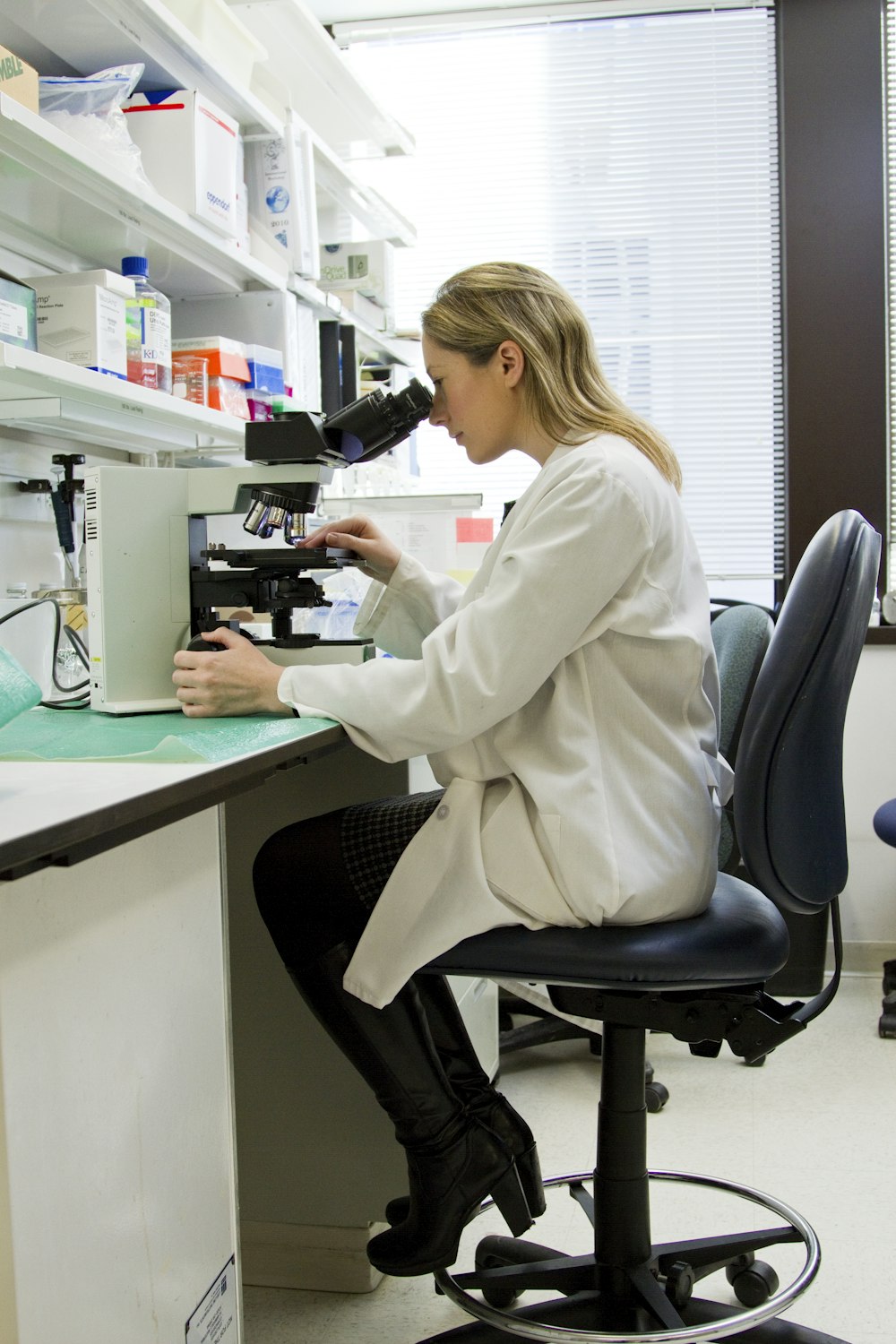From Lab Bench to Bedside: How Biological Discovery Powers Modern Medicine
The journey from fundamental research to life-saving treatments
The Vital Link: Why Biology is Medicine's Blueprint
What if the secret to curing our most devastating diseases lies in understanding the most fundamental rules of life itself? This isn't a futuristic fantasy—it's the daily work of scientists working at the intersection of biological and health sciences.
Biological Sciences
Explores the intricate mechanisms of all living organisms, from molecular interactions to ecosystem dynamics.
Health Sciences
Applies biological knowledge specifically to human health and disease prevention, diagnosis, and treatment 6 .
"Every medical breakthrough begins with biological curiosity. The study of unusual bacterial immune systems led to the revolutionary CRISPR gene-editing technology. Research into how cancer cells evade the immune system resulted in groundbreaking immunotherapies." 1
The Building Blocks of Life and Health
To understand how biological research translates to medical breakthroughs, we need to explore several key areas where this connection is most impactful.
Genomics & Biotechnology
Reading life's instructions through DNA sequencing and genetic analysis to enable personalized medicine and gene therapies.
Molecular & Cellular Biology
Investigating the body's micro-machinery to understand disease mechanisms and develop targeted treatments.
Disease Research
Studying pathogen biology and disease mechanisms to develop vaccines and control epidemics.
Connecting Biology to Health Sciences
| Biological Discipline | Focus Area | Health Science Application |
|---|---|---|
| Genomics & Biotechnology | DNA sequencing, genetic analysis | Personalized medicine, genetic disorder diagnosis, gene therapies |
| Molecular & Cellular Biology | Cellular processes, protein interactions | Drug development, cancer research, neurodegenerative disease treatment |
| Disease Research | Pathogen biology, disease mechanisms | Vaccine development, epidemic control, therapeutic target identification |
| Environmental Biology | Ecosystem impacts on organisms | Public health initiatives, understanding environmental health risks |
A Closer Look: The CRISPR-Cas9 Gene Editing Breakthrough
The Experiment That Changed Genetics
A pivotal 2012 study demonstrated that the CRISPR-Cas9 system could be programmed as a precise gene-editing tool in human cells. This experiment built upon earlier biological discovery that certain bacteria use CRISPR sequences as an immune defense against viruses 1 .
Methodology: Genetic Scissors in Action
Guide RNA Design
Researchers synthesized a custom guide RNA molecule matching the target DNA segment.
Complex Formation
Guide RNA combined with Cas9 protein to form CRISPR-Cas9 complex.
Cell Delivery
Complex introduced into human cells using delivery methods.
DNA Targeting & Editing
Guide RNA located target DNA sequence; Cas9 cut both DNA strands.
Cellular Repair Manipulation
Cell's natural repair mechanisms incorporated specific genetic changes using donor DNA template.

Results & Analysis: Precision Medicine at the Genetic Level
Editing Efficiency in Human Cells
| Cell Type | Target Gene | Editing Efficiency |
|---|---|---|
| HEK 293 | PPIB | ~40% |
| HeLa | EMX1 | ~25% |
| Human iPSCs | Multiple loci | 2-15% |
Technology Comparison
| Technology | Precision | Ease of Design |
|---|---|---|
| CRISPR-Cas9 | High | High |
| TALENs | High | Medium |
| ZFNs | Medium | Low |
Analysis of CRISPR-Cas9 Potential
The data showed that CRISPR-Cas9 could achieve targeted gene modifications with unprecedented precision and efficiency. The system proved significantly easier to program and more cost-effective than previous gene-editing technologies 1 .
The Scientist's Toolkit: Essential Research Reagents
Behind every biological breakthrough lies a suite of specialized tools and reagents that make the research possible.
| Reagent/Material | Function | Application Example |
|---|---|---|
| CRISPR-Cas9 System | Precise DNA cutting at targeted locations | Gene editing experiments, gene therapy development |
| Polymerase Chain Reaction (PCR) Mix | Amplifies specific DNA sequences | Disease diagnosis, genetic testing, forensic analysis |
| Cell Culture Media | Provides nutrients for cell growth | Growing human cells for drug testing, cancer research |
| Fluorescent Antibodies | Binds to and visualizes specific proteins | Microscopy, disease biomarker detection, immune cell analysis |
| Restriction Enzymes | Cuts DNA at specific sequences | Genetic engineering, cloning, DNA analysis |
| Plasmid Vectors | Delivers genetic material into cells | Gene therapy, protein production, transgenic studies |
Research Reagents Development
The development and refinement of these reagents often come from basic biological research, while their application increasingly drives advances in health sciences 1 .

Conclusion: The Future of Medicine is Rooted in Biology
The journey from fundamental biological discovery to medical application represents one of the most important collaborations in science.
Emerging Fields
- Synthetic Biology New
- Multi-omics Integration Growing
- Personalized Medicine Expanding
Future Directions
"What begins as curiosity-driven research in a biology lab today may well become standard medical practice tomorrow, continuing the vital cycle of discovery and application that keeps us all healthier."
For students considering a path in this field, the opportunities have never been more exciting. Whether your interests lie in the fundamental mechanics of life or in direct patient application, the biological and health sciences offer a chance to satisfy your scientific curiosity while making a tangible difference in human health and wellbeing 1 6 .